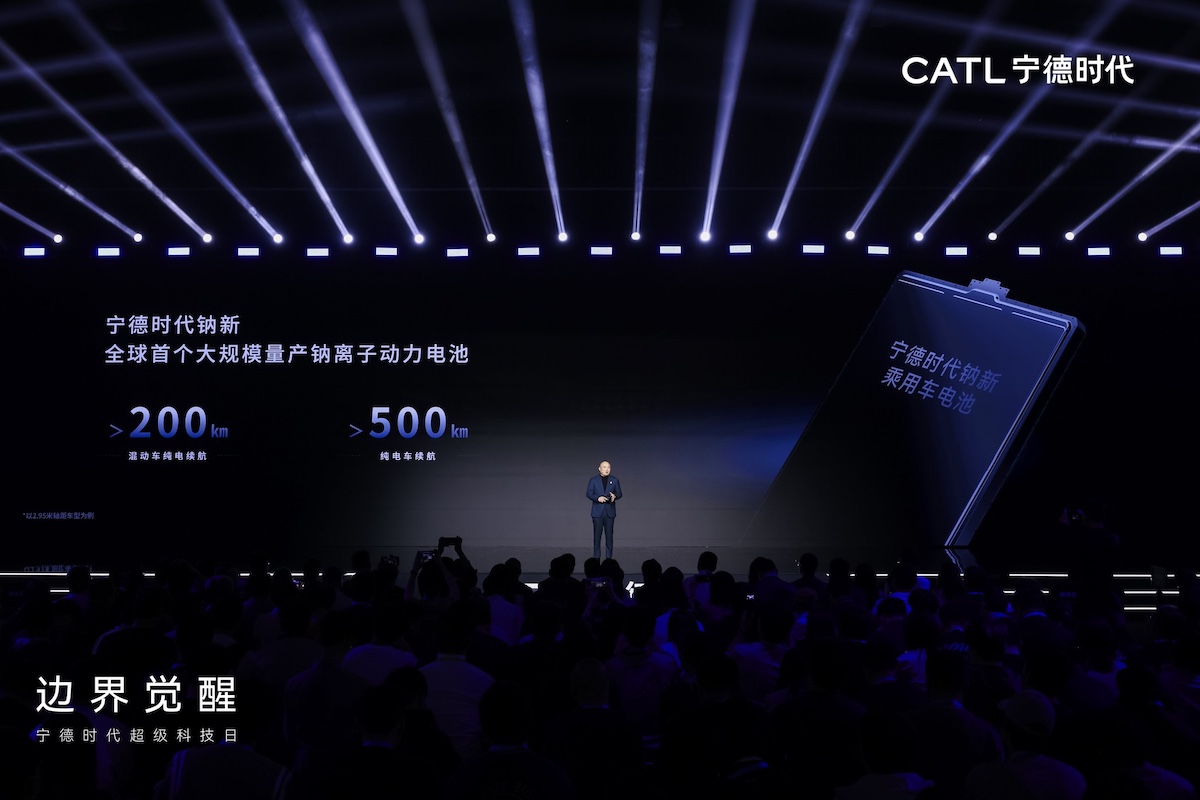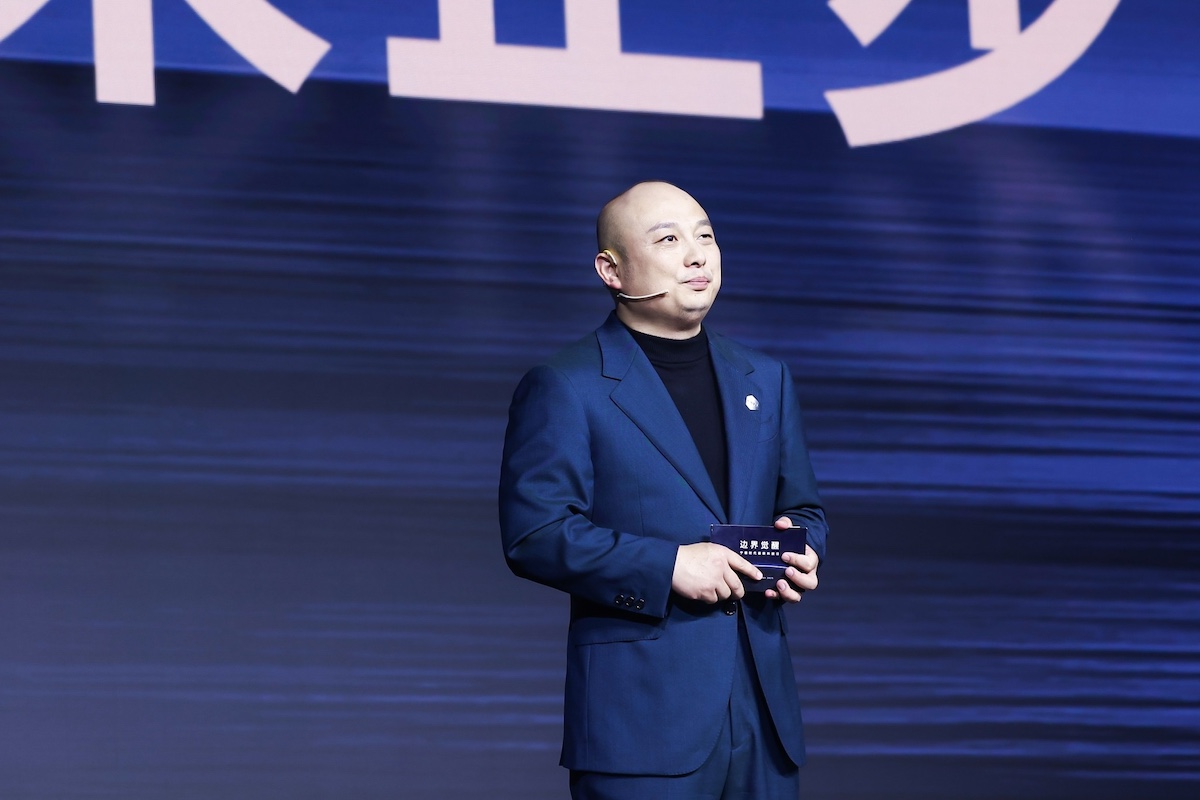First, the Second-generation Shenxing Superfast Charging Battery is the world’s first lithium iron phosphate (LFP) battery to simultaneously deliver an 800 km range and a 12C peak charging rate. With a peak charging power of 1.3 MW, it can replenish up to 2.5 kilometers of driving range per second of charging, virtually eliminating range anxiety and long charging waits. Even in low temperatures of -10°C, the battery can charge from 5% to 80% in just 15 minutes, a speed that is twice as fast as the current industry-leading level. In comparison, fast-charging technologies from major players like Tesla and BYD typically range between 250 kW to 350 kW—CATL’s innovation represents a leap of at least 3 to 5 times, offering a game-changing charging experience for long-distance drivers and users in cold regions.

Next, the Naxtra battery series focuses on stability and cost-efficiency in extreme environments, including two key categories: passenger EV sodium-ion batteries and 24V integrated start-stop batteries for heavy-duty vehicles. The highlight of the Naxtra battery is its ability to operate reliably across a wide temperature range of -40°C to +70°C, effectively breaking free from the thermal limitations of traditional lithium batteries. In cold climate conditions, even with only 10% state of charge, the passenger Naxtra battery can retain 90% usable power at -40°C, with no noticeable performance degradation—critical for EV adoption in regions like Northern Europe, North America, and Northeast China. As for the heavy-duty variant, it boasts a service life of over eight years, reducing total lifecycle costs by 61% compared to traditional lead-acid batteries, offering significant economic and operational benefits to commercial fleets and logistics companies.

Lastly, the Freevoy Dual-Power Battery is designed with future autonomous driving needs at its core, featuring an entirely new dual-power architecture. This platform provides five key dual-system capabilities: dual high-voltage/low-voltage outputs, dual structural frameworks, dual thermal management systems, and dual thermal runaway safety protections, fully supporting the high stability and power redundancy required by L3 to L4 autonomous systems. It also incorporates self-forming anode technology, boosting volumetric energy density by 60% and gravimetric energy density by 50%. When paired with NCM (nickel-cobalt-manganese) chemistries, it can even surpass 1000 Wh/L in energy density—an impressive benchmark that makes it highly attractive for advanced autonomous vehicles, luxury EVs, and unmanned shuttle platforms.

What’s even more noteworthy is that the Freevoy platform allows for hybrid integration of multiple chemistries, such as Sodium-LFP, LFP-LFP, and NCM-LFP/NCM-NCM dual-power systems. This enables flexible customization based on cost, performance, and use-case requirements, breaking through the limitations of single-chemistry battery systems and unlocking tailored energy solutions. It also gives OEMs and vehicle developers a powerful new toolkit for innovation.
Taken together, these three breakthroughs show that CATL is reinforcing the core of the EV industry through three major technological pillars: ultra-fast charging, extreme environmental adaptability, and modular high-performance platforms. The Second-generation Shenxing battery will accelerate the evolution of charging infrastructure; the Naxtra battery will usher in an era of true all-climate EV usability; and the Freevoy Dual-Power Battery will offer a stable, safe, and efficient power foundation for the age of autonomous mobility.
The future EV will no longer be just a symbol of sustainability and energy efficiency—it will become a smart mobility platform, adaptable to user needs and responsive to diverse operational scenarios. Through these three core innovations, CATL is not just advancing battery technology; it is laying the blueprint for the future of the global new energy vehicle industry.